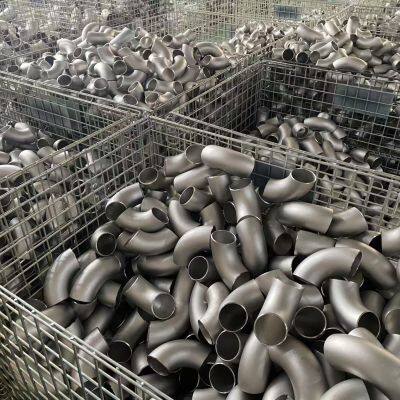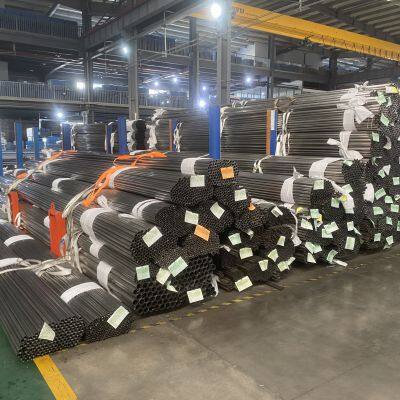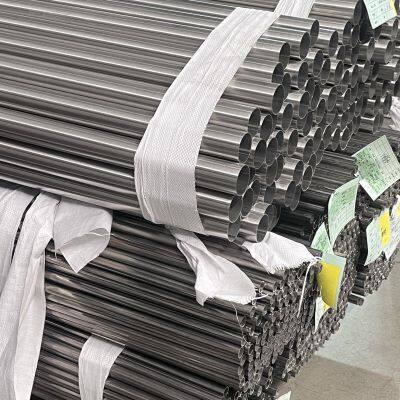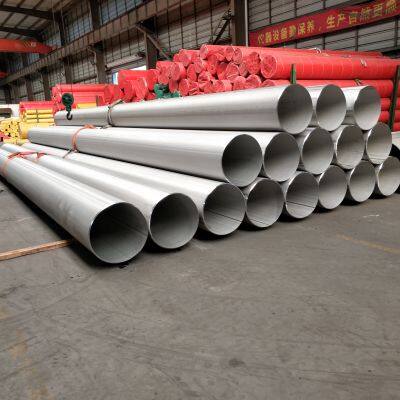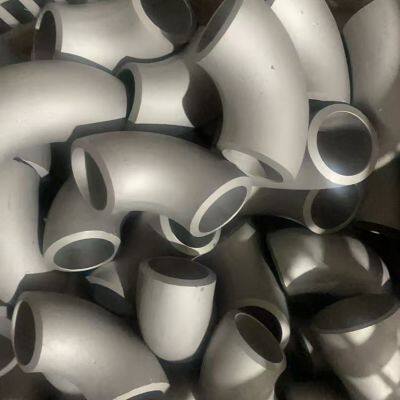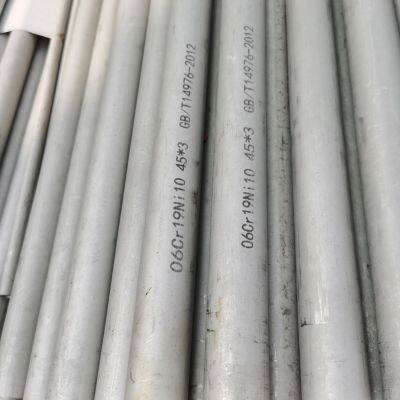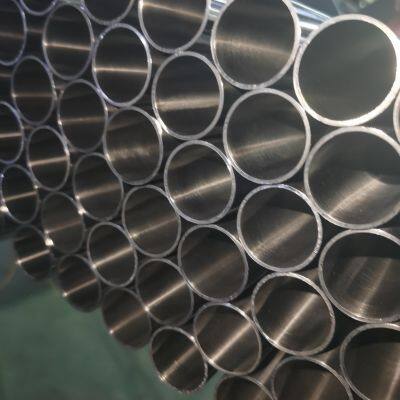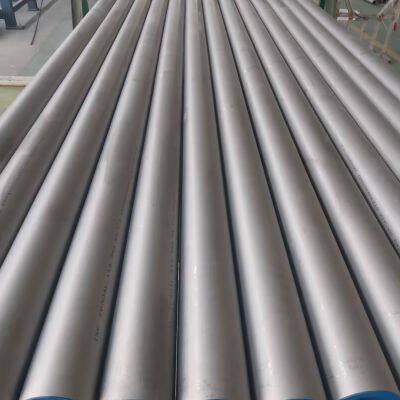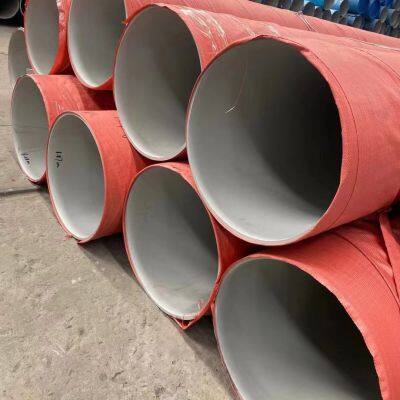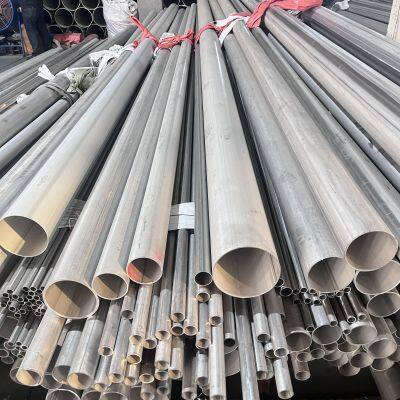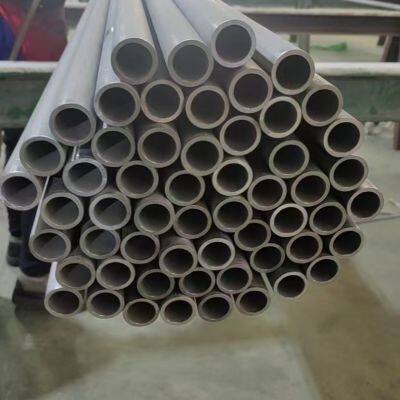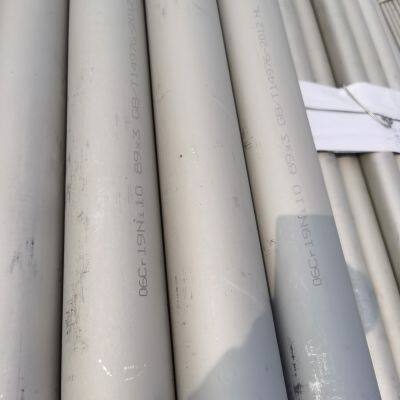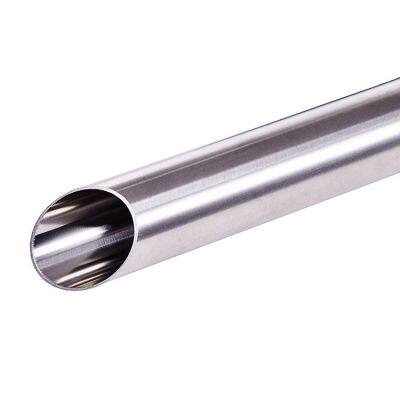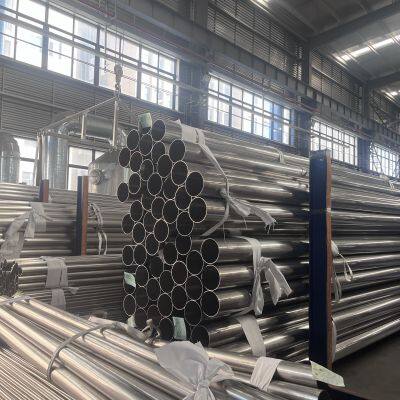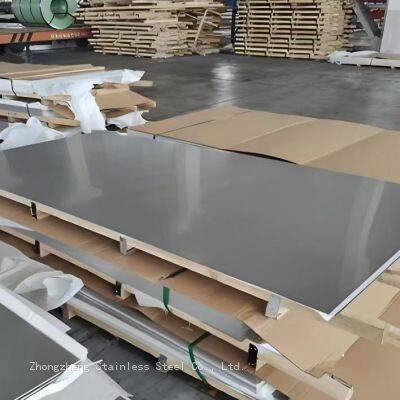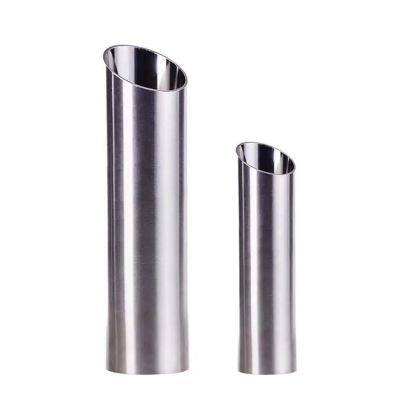What are the performance characteristics of stainless steel pipes after bright annealing treatment?
Stainless steel pipes treated with bright annealing have significant advantages in various aspects of performance, which make them widely used in high-end manufacturing and special fields. The following are its main performance characteristics and principle analysis:
1、 Surface quality: high smoothness and mirror effect
1. No oxide layer and bright surface
Bright annealing is carried out in an inert gas (such as nitrogen or argon) or a reducing atmosphere (such as a mixture of hydrogen and nitrogen), avoiding the formation of oxide scale caused by oxygen in traditional annealing. After processing, the surface of the stainless steel tube presents a metallic original color, and the roughness (Ra) can be controlled below 0.2 μ m, approaching a mirror effect without the need for additional polishing processes.
Application scenarios: medical equipment (such as surgical instruments), food and beverage equipment (to avoid residual impurities), decorative engineering (such as building curtain walls).
2. High surface cleanliness
The protective atmosphere suppresses the adsorption of impurities such as carbon and sulfur, and the surface is free of oil, oxides, or pollutants, meeting high cleanliness requirements (such as gas pipelines in the semiconductor industry).
2、 Mechanical performance: stress relief and toughness optimization
1. Eliminate work hardening and internal stress
Stainless steel pipes will undergo work hardening after cold working (such as rolling and stretching), resulting in an increase in hardness and a decrease in toughness. Bright annealing heats the material to the recrystallization temperature (usually 650-1050 ℃, adjusted according to the material), causing the deformed grains to recrystallize into uniform fine grains, significantly reducing internal stress (residual stress reduced by more than 80%), and restoring material toughness.
Typical data: After bright annealing, the tensile strength of 304 stainless steel may decrease by 10% to 15%, but the elongation rate increases from 30% after cold processing to over 45%.
2. Balance between strength and toughness
Compared with ordinary annealing, bright annealing has more precise temperature control, avoiding excessive grain growth (overheating), so the material strength will not be significantly reduced, and the toughness will be significantly improved, making it suitable for subsequent bending, welding and other processing.
3、 Corrosion resistance: optimization of passivation film and suppression of intergranular corrosion
1. The passivation film is uniform and dense
After bright annealing, the distribution of chromium oxide (passivation film) on the surface of stainless steel is more uniform, with a thickness of about 1-3 nm, which can effectively block medium erosion. Especially for austenitic stainless steel (such as 304, 316), the integrity of the passivation film is improved, and the ability to resist acid, alkali, and salt corrosion is enhanced.
Experimental data: After bright annealing, the corrosion rate of 316L stainless steel in a 5% sodium chloride solution decreased by about 30%.
2. Inhibit intergranular corrosion tendency
For stainless steel with high carbon content (such as 304), if the annealing temperature is controlled at 450-850 ℃ (sensitization temperature zone), chromium carbide (Cr23C6) may precipitate, leading to intergranular corrosion. Bright annealing reduces carbide precipitation and enhances intergranular corrosion resistance by rapidly heating and cooling (or using low-carbon materials) (such as through GB/T 4334 intergranular corrosion test).
4、 Dimensional accuracy and microstructural stability
1. Strict dimensional tolerances
During the annealing process, equipment such as roller bottom furnaces or mesh belt furnaces are used, combined with precision temperature control, to minimize the deformation of steel pipes (diameter tolerance can be controlled within ± 0.05mm), which is suitable for high-precision pipe fittings in precision instruments, aerospace and other fields.
2. Uniform and refined microstructure
After annealing, the grain size is usually between 5 and 10 levels (ASTM standard), which improves the uniformity of the structure, avoids the fibrous structure caused by cold processing, reduces the anisotropy of the material, and makes the mechanical properties more stable.
5、 Other performance: processing adaptability and functional characteristics
1. Improve welding performance
After eliminating internal stress, the risk of welding cracks in stainless steel pipes is reduced, and the surface is free of oxygen scale. No additional cleaning is required during welding, making it suitable for automatic welding processes (such as track welding for food grade pipelines).
2. Magnetic permeability control (for specific materials)
For austenitic stainless steel (such as 304), bright annealing can further reduce its weak magnetism (caused by martensitic transformation) due to cold processing, making it non-magnetic and suitable for scenarios such as medical and electronic devices that are sensitive to magnetic interference.
3. High temperature resistance and oxidation resistance
After annealing, the stability of the surface passivation film is improved, and the antioxidant capacity is enhanced in high temperature environments (such as 300-500 ℃), making it suitable for working conditions such as heat exchangers and boiler pipelines.
6、 Performance differences of different materials
Austenitic stainless steel (304, 316): mainly improving corrosion resistance and toughness, suitable for chemical and seawater environments.
Ferritic stainless steel (430): After annealing, the hardness decreases more significantly and the workability improves, but the corrosion resistance is slightly inferior to austenite.
Martensitic stainless steel (410): requires controlled annealing temperature to avoid excessive hardness reduction, mainly used in scenarios that balance strength and surface requirements (such as cutting tools, valves).
Summary: The core application logic of performance advantages
Bright annealing achieves a triple optimization of "high surface quality+excellent corrosion resistance+good processability" through "surface protection+precise temperature control" without sacrificing strength. These characteristics make it a key foundational material for high-end manufacturing, especially irreplaceable in industries where "cleanliness, corrosion resistance, and precision" are the core requirements.
Recently Posted
-
What are the advantages of thin-walled stainless steel pipes
January 8, 2026Anti-fouling and corrosion-resistant One of the most obvious advantages of thin-walled stainless steel pipes is that they are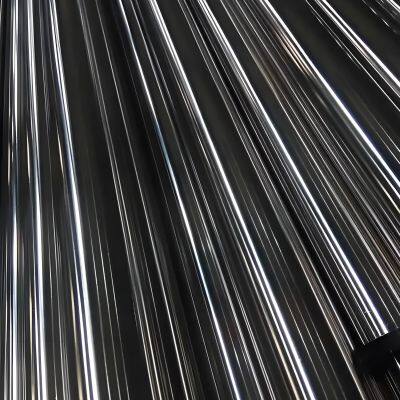 Read More
Read More -
How to detect weld defects in stainless steel pipes
January 8, 20261. Welding omission refers to the situation where there are welding points that are not properly welded during the welding process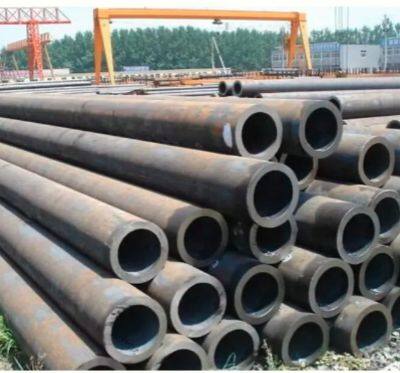 Read More
Read More -
The principles and advantages/disadvantages of various connection methods for stainless steel pipes
January 8, 2026Compression connection Connection principle: A radial compressive force (hydraulic clamp) is applied to securely fix the pipe Read More
Read More -
The characteristics of stainless steel sheeting
January 8, 2026Corrosion-resistant stainless steel sheeting The majority of stainless steel rolled sheet products require excellent corrosio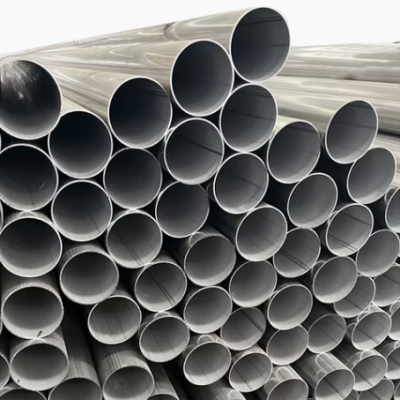 Read More
Read More



